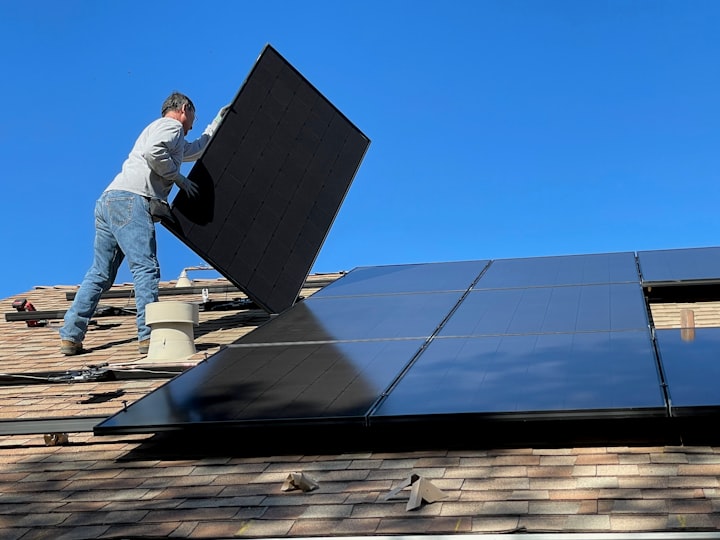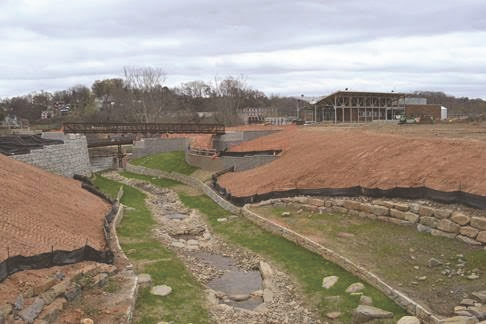CHS 2030: Urban Natureweaving
Belvin Olasov talks with Rebecca Fanning, Al Mason, and Kate Blatt Ancaya about urban ecological design concepts that could be the future of Charleston.

500 years ago, the Charleston peninsula was covered with maritime forest. Blue mistflower and aquatic milkweed ran along ferns and river oats, all under a thick canopy of oaks and pines. Today, Charleston’s land is dominated by brick, concrete, asphalt – what those in the urban planning realm call “impervious surfaces.” Water pools instead of being flushed through soil and roots; too-hot summers are magnified by trapped heat; pollinators and wildlife find dead zones where there once was food and shelter; and we, as humans, are denied a fundamental link to the natural world.
Dense urban living is not mutually exclusive from living among nature, and the tide is turning towards embracing a wilder cityscape. Some of that comes from big policy items – the City of Charleston’s Climate Action Plan espouses tree planting and wetland migration, accounting for rising sea level by making space at the water’s edge for endangered marshes to move landward. But we can also turn city life green on an individual scale, yard by yard, roof by roof.
Advocates and organizers are one vanguard of the urban green wave. Rebecca Fanning’s adventures in marsh and stream restoration and concern for biodiversity loss brought her to found Community Hydrology. The mission? Mobilize folks to spread native plants and steward water bodies. By her reckoning, this work doesn’t have to be complicated. You can scatter seeds in your backyard, or group up and take out some invasive plant species from a public watershed near you.
“The opportunity that I see with rehabilitation or restoration is that it actually does require a human hand to get it right. And by right, I mean restored to a more natural Lowcountry habitat,” Fanning said, thanks to the invasive plants that will win out if we don’t intentionally support natives.
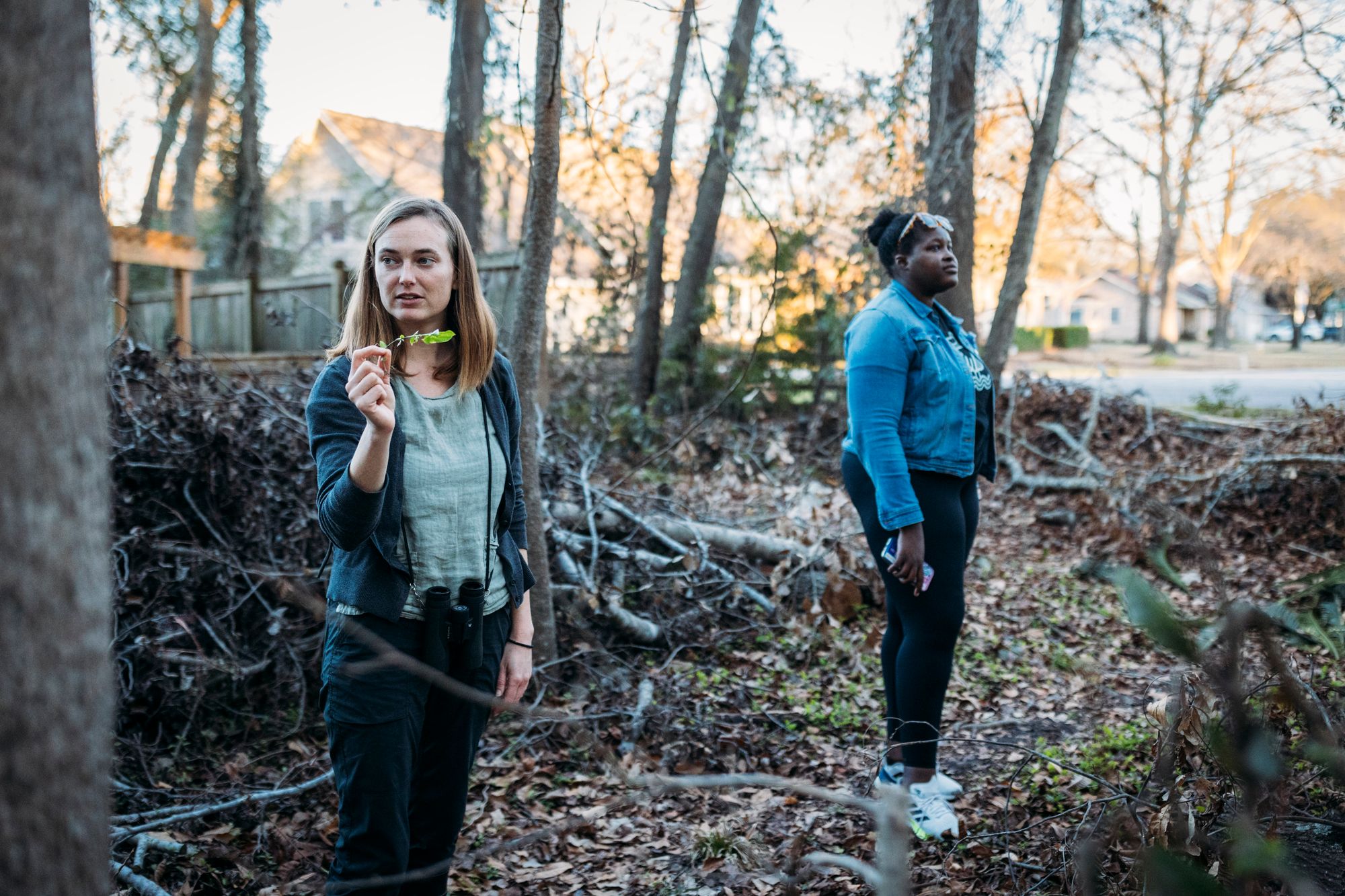
Fanning notes that native foliage is often repressed in Charleston due to our adherence to aesthetics inherited from England, with monoculture grass lawns and neat hedges prioritized over bunches of native flowers and shrubs. But there are all sorts of visual strategies that can be taken with dense herbaceous native plants to make them more welcome.
“Don’t make it look like a jungle that could hide a tiger. When the plants are coming up and they get about knee high, cut them and they’ll sprout hydra heads and stay in a growth form that you can see over,” Fanning said. “That will mitigate some of the stress of people who are programmed to believe that messy plantings are hiding predators, this sort of lizard brain fear that we have when looking at a jungly, tangled web of plants.”
Charleston has an ecological designer who was inspired to bring permaculture concepts to “an audience that might hear permaculture and think messy gardens,” as well as to a community being hit hard by climate change and development: Al Mason, founder of Plan’td Ecological Design. She’s been working with homeowners to design yards that maximize native foliage, account for water drainage and shade, and look beautiful doing it.
“Native plants, there’s a huge breadth of them in the Southeast – there are so many colors and structures and textures that I play with in the work I do to create a landscape that could look almost identical to these formally shaped landscapes,” Mason said. “It’s really just shapes and silhouettes that we’re working with, but I’m replacing them with a species that’s native.”
Mason likes to see humans as a keystone species and believes in our ability to contribute to the life forms around us. One focus area for her is creating corridors of native greenery, even if it’s just getting a chain of participating yards in a row, because of how deeply pollinators and wildlife benefit from continuity.
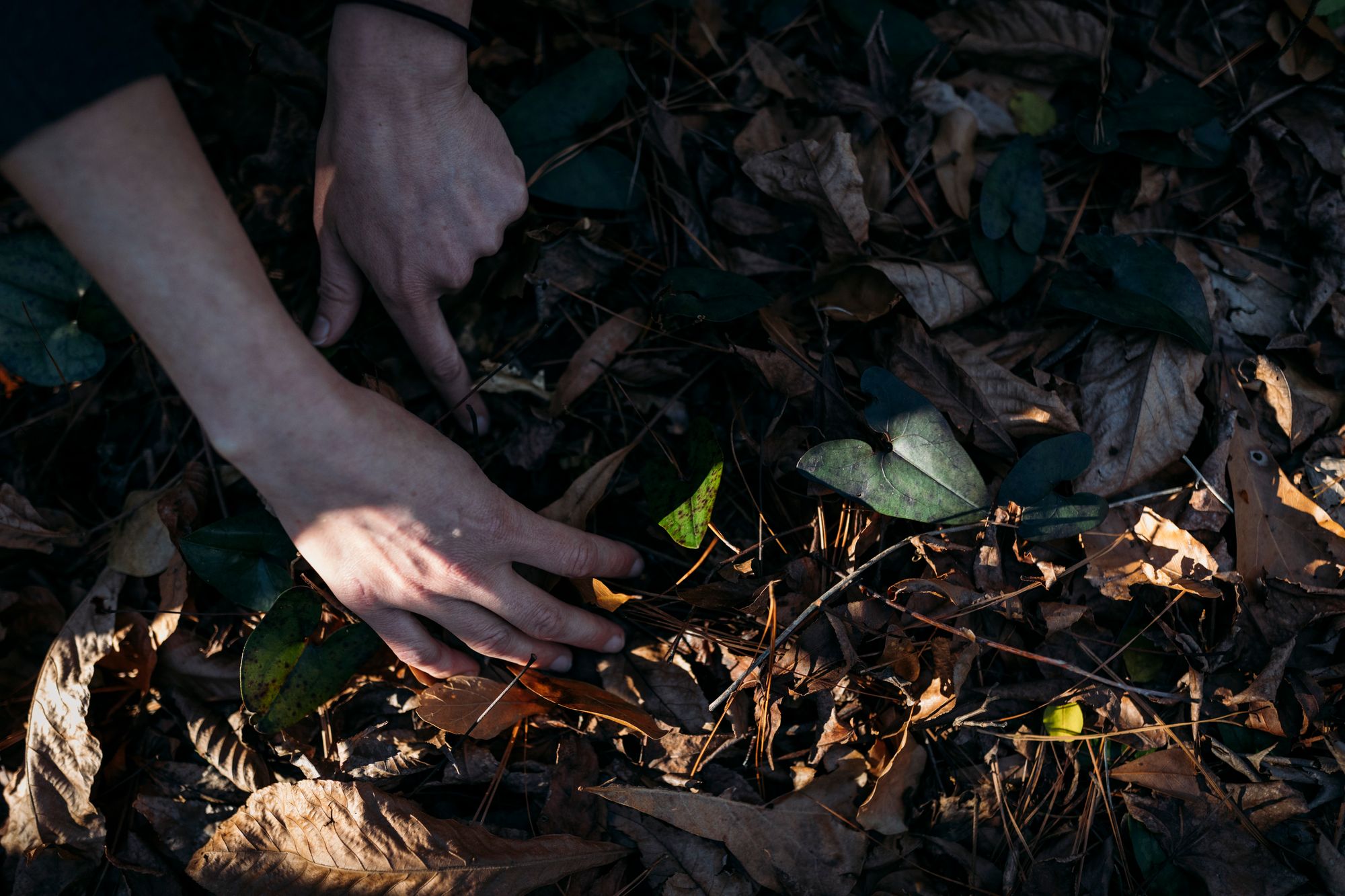
“I think fragmentation, or the loss of connectivity between … spaces that have specific food and forage for birds and pollinators, is what’s really harming a lot of biodiversity as well as the general population of insects and birds,” Mason said. “So connectivity and creating corridors is really just establishing these green spaces, these pollinator gardens, bird habitats, where it’s uninterrupted by human development.”
“That backyard or two in between one green space to another is what’s going to make the difference between that local population of insects, of lizards or birds, surviving or not surviving.”
Mason stresses the importance of urban nature to our inner landscape, and how we can tune into the cycles of the natural world through biorhythmic living. Plants and wildlife that shift seasonally help us understand the timing of the natural world. In a city of unchanging live oaks and evergreens, treasuring habitats that serve migratory birds and butterflies, like the night herons that nest in Battery Park, helps take us out of mundane routine and into a seasonal cycle. Similarly, refuges in nature, whether it’s a rewilded backyard or an urban park that has enough native wildflowers and pollinators to feel dense, offer mental space and clarity.
“I’m not here to bully anyone into building a pollinator garden,” Mason said. “I’d love to inspire and I hope as a result they can feel the benefits deep within their nervous systems, and just who they are as people.”
The Southeast has another designer on the vanguard of urban nature weaving: Kate Blatt Ancaya, cofounder and landscape architect at Living Roofs, Inc. Based in Raleigh, NC, many of her early projects were in Charleston, and she sees great opportunity here for leaning into green roofs – roofs that hold vegetation – in a big way.
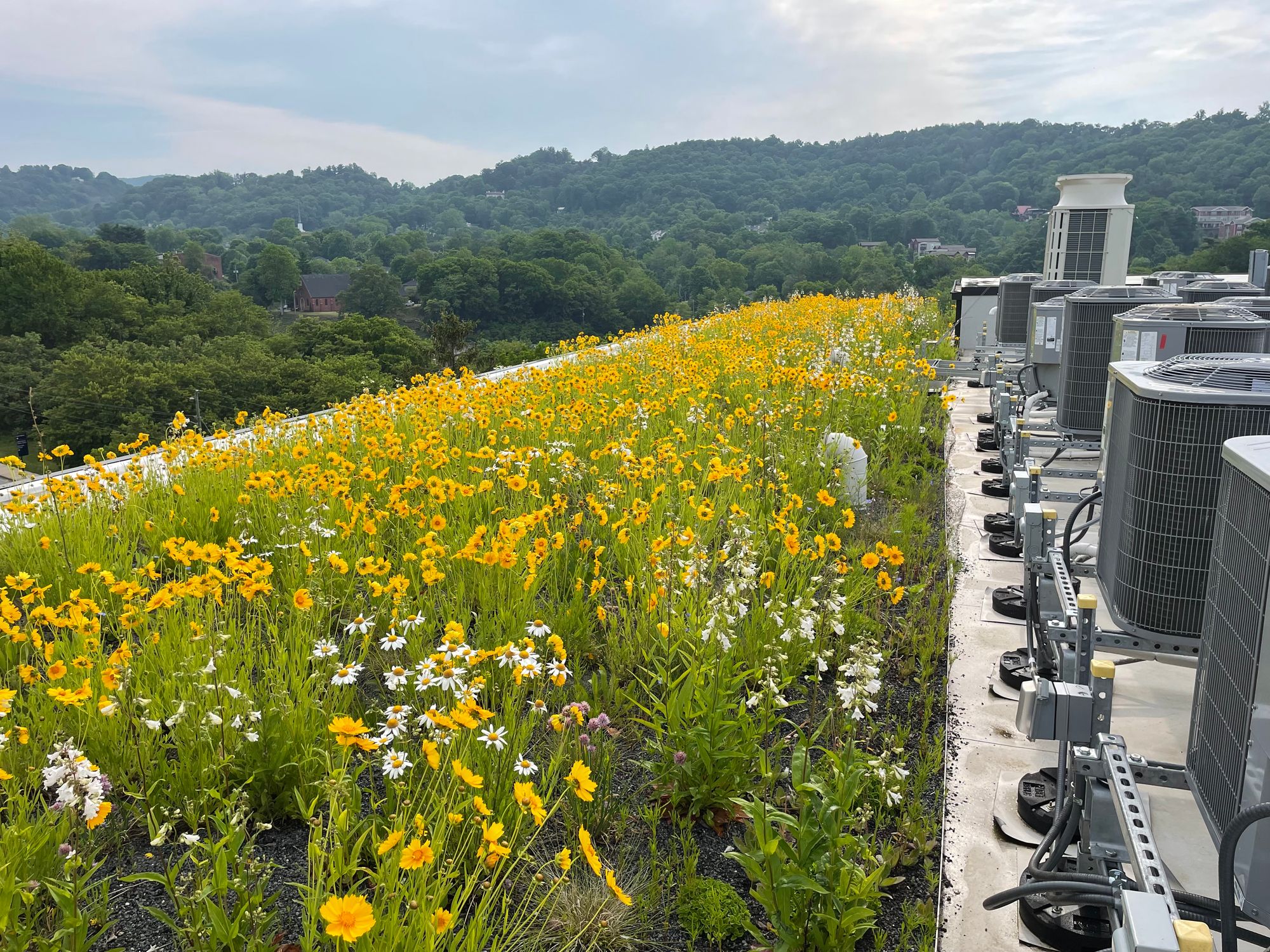
“Thinking about ways to stitch nature back into our cities,” she said, “we have plenty of rooftops.”
Traditional roofs are ecological dead zones, and with so much of the city’s surface area being covered with them, that’s a lot of opportunities left on the table. Green roofs not only offer a new frontier for the forage and refuge greenery our birds and butterflies need to survive, but also provide a host of infrastructural benefits that Charleston sorely needs.
“I think the main thing that we need to do is change the narrative around green roofs from being this ornament or decoration, because we need to think of green roofs as infrastructure,” Ancaya said. “Not just as a nice-to-have but as a must-have. These are systems that are proven to really meet the challenges of our day, and also in our region, where we have increased rainfall, increased storms, high heat, extreme drought, extreme humidity, we’re dealing with a whole host of challenges… start thinking of them as standard practice.”
There are a few reasons why green roof adoption isn’t higher. Some of it stems from lack of education – some builders and buyers don’t realize that green roof types can vary by budget and goal and think of them as not an option. Retrofitting buildings for green roofs can be a challenge because of their higher load, making some existing buildings poor candidates. But new buildings can easily accommodate a green roof so long as it’s considered early on. The upfront cost is higher than a conventional roof, with a return of investment of around five to six years. Those savings come from the cooling green roofs provide.
“Building occupants are maybe enjoying lower energy costs or extended lifespan of their roofing, economic benefits,” Ancaya said. “But that building is also providing a community-wide benefit of lowering temperature and also helping manage stormwater and reducing flooding.”
Charleston faces its fair share of woes stemming from its transition away from its maritime forest roots – in the pursuit of standard urban development, we’ve dulled our lived connection to nature, starved the more-than-human world around us, and created recurring infrastructural disasters around heat and flooding. But we have a growing movement of folks weaving together nature and cityscape in a thoughtful, holistic way, planting the seeds of an urban Charleston area that feels lush, fulfilling, and more livable.
“The multifunctional-ness of green infrastructure is what makes it so important,” Ancaya said. “We can be solving multiple things at one time.”

